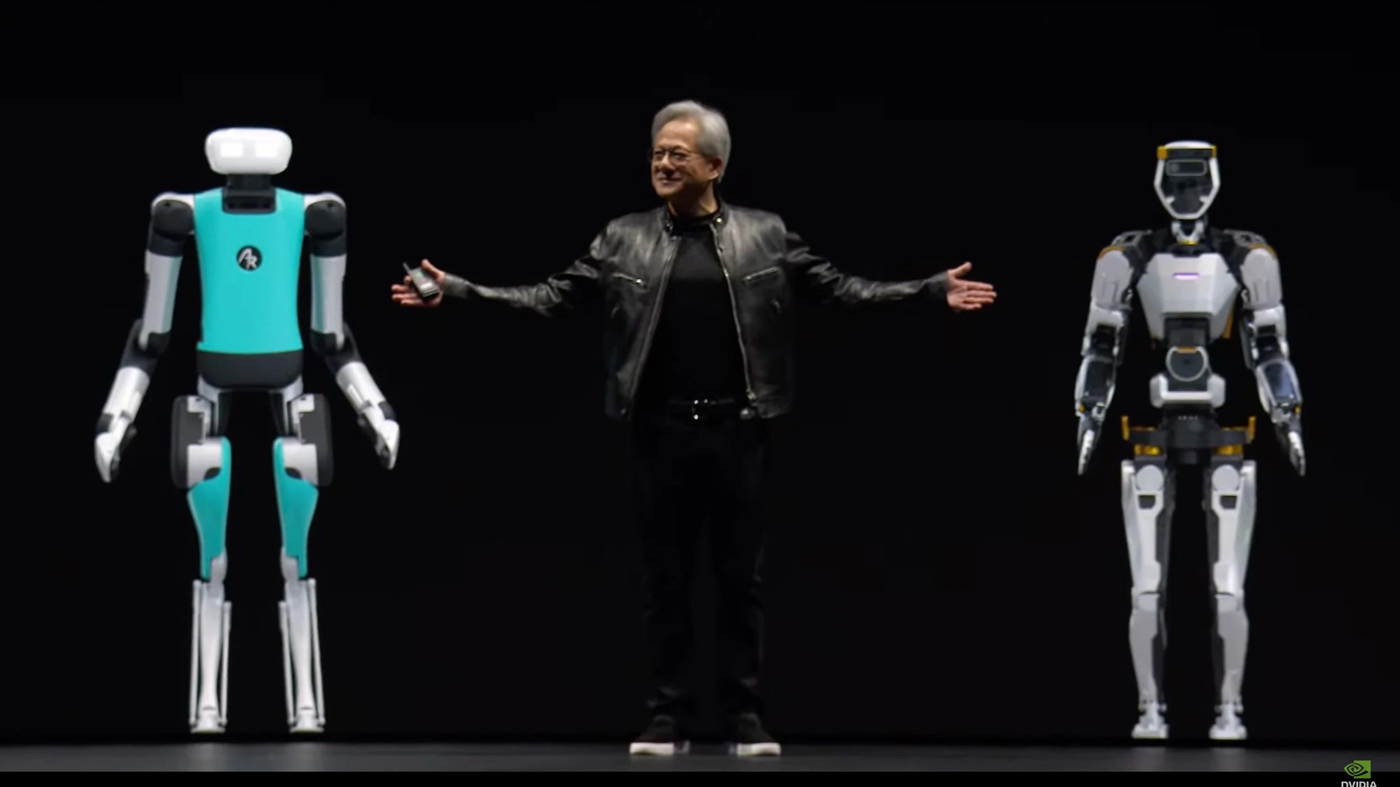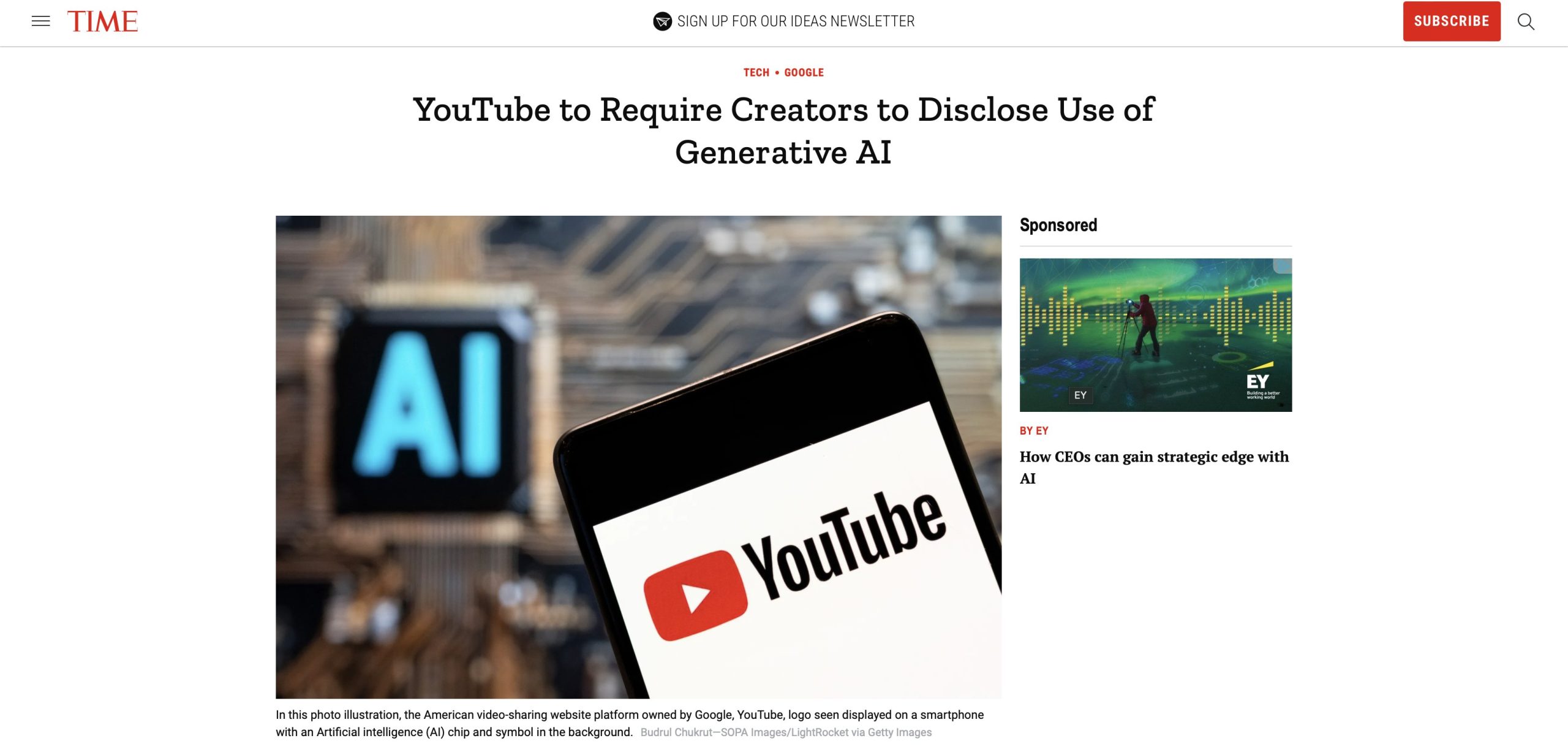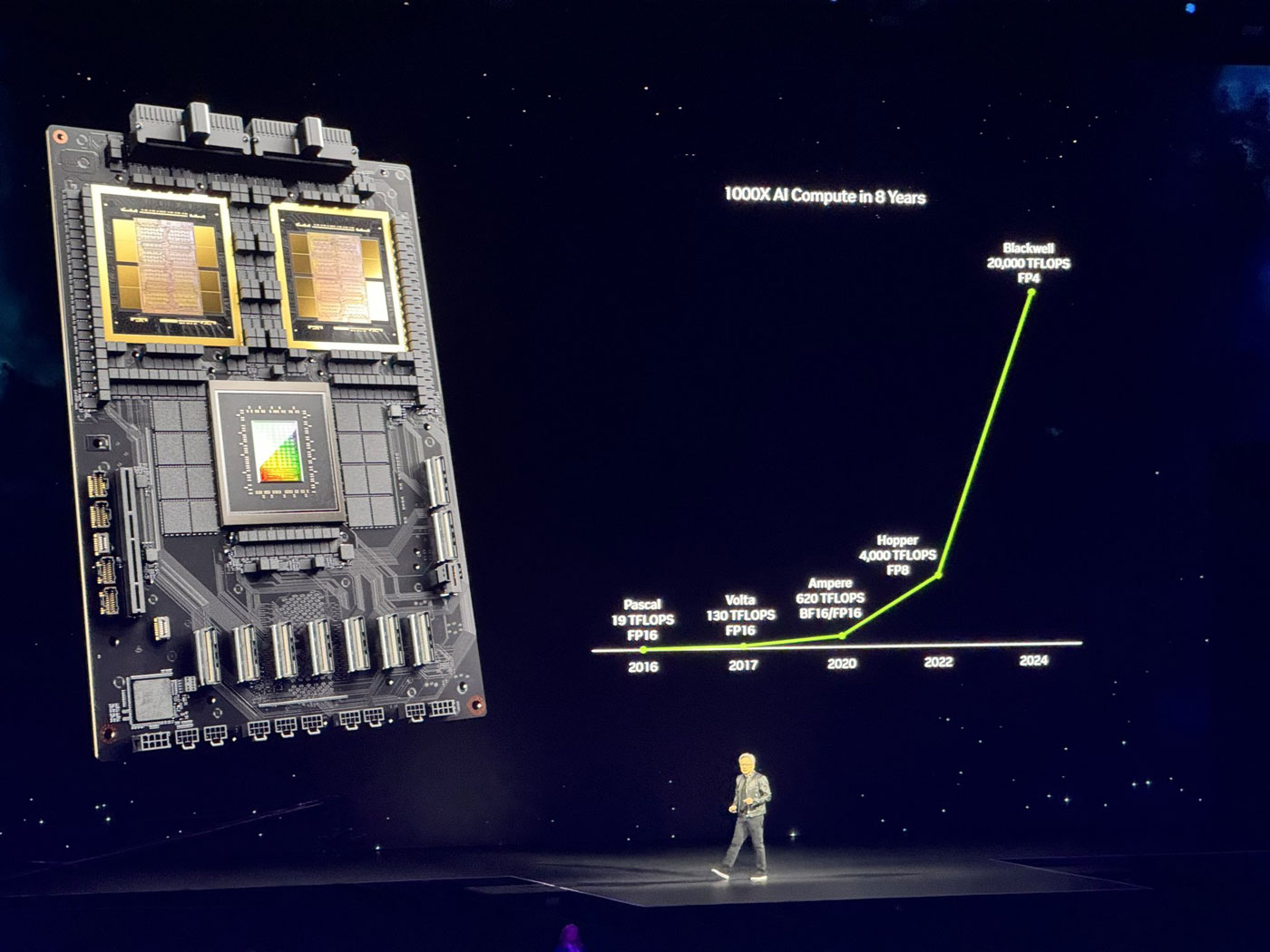Why Facebook, Instagram, and Messenger Went Down?
On Tuesday, March 5th, millions of users worldwide were left scrambling as Meta’s social media empire crumbled. Facebook, Instagram, and Messenger all experienced a major outage, leaving many feeling disconnected and out of the loop. But what caused this digital earthquake, and how quickly could users expect to be reconnected?
The culprit, according to reports, was a technical glitch. While Meta hasn’t offered specifics, the issue seems to have stemmed from login sessions, essentially preventing users from accessing their accounts. This unexpected turn of events left many wondering if their accounts had been hacked, leading to a surge of concerned chatter on other social media platforms like Twitter/X.
Thankfully, Meta was quick to acknowledge the issue and take action. Their head of communications, Andy Stone, assured users via Twitter/X that the company was “working on this now.” Thankfully, their efforts paid off, and by the end of the day, services were restored, allowing users to breathe a sigh of relief and log back into their accounts.
This outage, while inconvenient, serves as a reminder of our increasing reliance on these platforms. For many, Facebook, Instagram, and Messenger have become essential tools for communication, news consumption, and even business. When they go down, it can feel like a vital part of our digital lives has been taken offline.
While the exact cause of the outage remains undisclosed by Meta, the experience highlights the importance of transparency and communication during such events. Keeping users informed and addressing their concerns can go a long way in mitigating frustration and maintaining trust.
As of now, Meta’s platforms are back up and running, and hopefully, this event will serve as a learning experience for both the company and its users. By prioritizing transparency and focusing on user experience, Meta can build a more resilient and reliable digital ecosystem that its massive user base can depend on.





